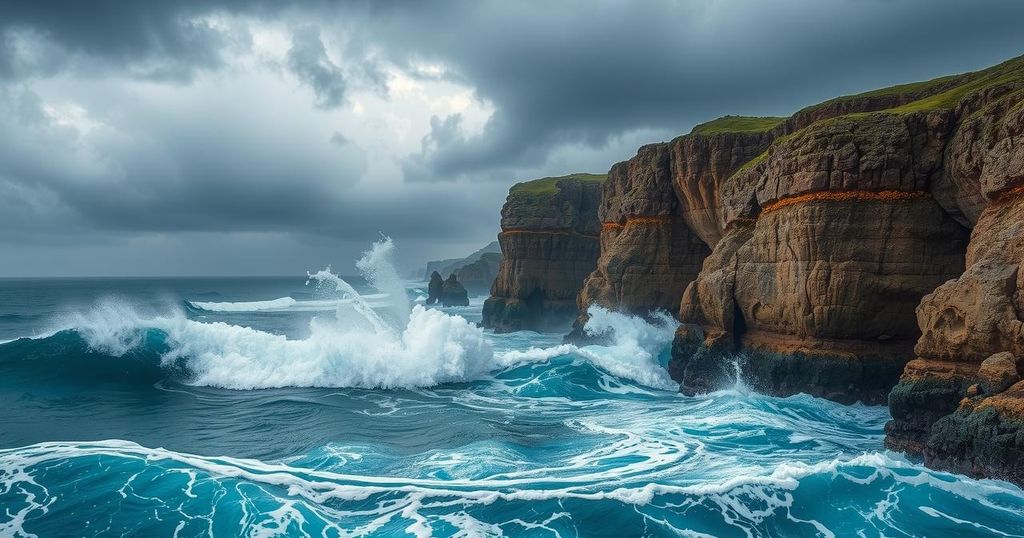Understanding the Rapid Intensification of Severe Tropical Cyclone Zelia

Severe Tropical Cyclone Zelia has rapidly intensified from category 1 to category 5 within a day due to warm sea temperatures and minimal movement influenced by atmospheric ridges. Set to make landfall on the Pilbara coast, it will bring destructive winds and heavy rain, posing significant risks to the area.
Severe Tropical Cyclone Zelia is expected to bring intense winds, torrential rain, and a significant storm surge upon making landfall along the Pilbara coast of Western Australia. Remarkably, this storm escalated from a category 1 to a category 5 cyclone in just a little over 24 hours, raising concerns about its potential impact. The transition from category 1 to a powerful category 5 occurred between Wednesday and Thursday, highlighting the phenomenon of rapid intensification.
Several critical factors contributed to Zelia’s swift strengthening. Firstly, the cyclone has been harnessing energy from a region of unusually warm water off the northern coast of Western Australia. Tropical cyclones require sea surface temperatures of at least 26.5°C to develop, and Zelia has encountered water temperatures ranging from 30 to 31°C, with some areas closer to the coast exceeding 32°C, which are among the highest temperatures observed globally.
Secondly, Zelia has exhibited minimal movement over the past 48 hours, remaining nearly stationary due to the conflicting influence of two atmospheric ridges. These ridges, which are high-pressure areas, typically guide the path of cyclones. When they compete, their opposing forces can restrict a cyclone’s movement, leading it to linger in a favorable environment for further intensification, as was the case with Zelia.
As a result of these combined factors, including the cyclone’s stagnation, warm sea temperatures, and supportive atmospheric conditions, Zelia intensified rapidly in the days leading up to its landfall. By Friday morning, the cyclone began moving south-southeast, with expectations of hitting the Pilbara coast later that day, potentially near Port Hedland.
Upon landfall, Zelia is poised to deliver severe weather, with destructive winds potentially reaching gusts of 190 km/h, alongside heavy rainfall and storm surge resulting in flooding. Although the cyclone is expected to weaken swiftly after crossing the coast, significant rain and wind hazards may linger, impacting the inland regions of the Pilbara into Saturday morning.
In summary, Severe Tropical Cyclone Zelia rapidly escalated from a category 1 to a category 5 cyclone in approximately 24 hours, largely due to warm ocean temperatures and limited movement influenced by competing atmospheric ridges. As it approaches landfall, the cyclone is expected to produce hazardous weather conditions, including high winds and flooding. Monitoring of Zelia will continue as it transitions inland following its impact on the Pilbara region.
Original Source: www.weatherzone.com.au






